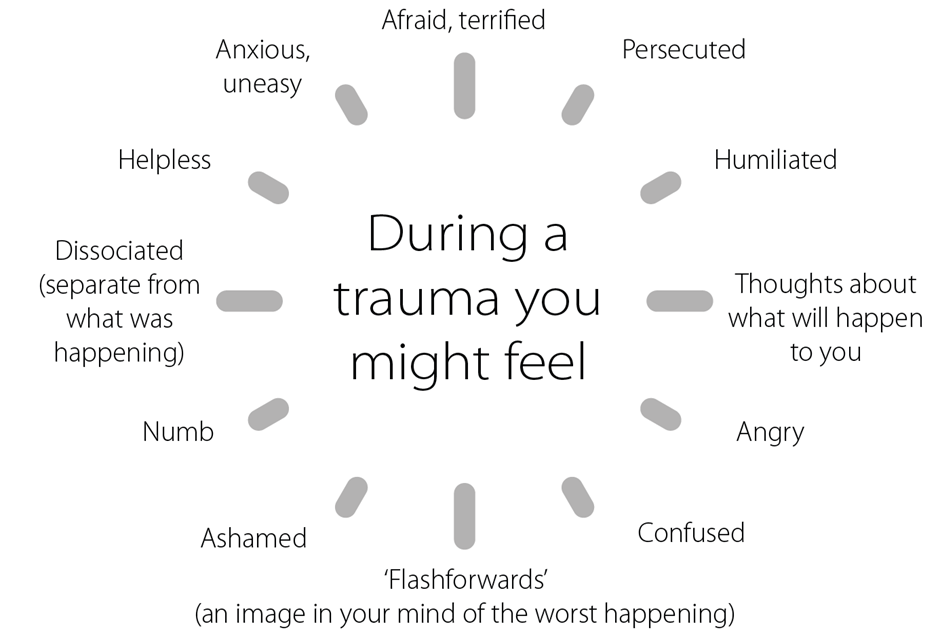Over the past two years, every individual has been impacted in one way or another by the current pandemic.
Whether you have been dealing with worries about getting the virus, the safety of your family, job security/work from home, children’s school progression, or stress relating to isolation; there are a number of simple strategies that can be implemented to assist with maintaining your mental wellbeing.
There are also a number of services available to provide assistance or information specifically relating to managing mental wellbeing during the pandemic.
Strategies for maintaining mental wellbeing during the pandemic
Establish a routine
This will help you to stay grounded, and create a sense of structure, certainty or predictability as you navigate the disruption that may be occurring in your home, social or work life. This includes having regular nourishing, balanced meals; and healthy sleep routines.
Be aware of the information you take on board
It is easy to become consumed in the abundance of information which is available regarding the COVID-19 pandemic. Some of this may include unhelpful or untrue information. Ensure you access factual information from credible, reliable sources. It can also help to take breaks from the media and constant news related to the pandemic at times.
Keep things in perspective
Monitor your thought patterns and related emotional state. Challenge negative thoughts.
Stay connected with loved ones
Utilise the various methods of contact available in the technological world. Whether it is face to face; or by text, phone or video call; continue to talk with trusted loved ones about how you are feeling.
Remember your strengths and resilience
Create a safe space
Identify a space that feels calming or safe that can be easily accessible to you when you are feeling overwhelmed. This can involve creating a sensory space for yourself which enables access to materials such as calming music, scents that you enjoy, dimmed lighting, sensory toys (such as kinetic sand or pop its), or other activities that you may find calming (such as colouring in or reading). If this is not your cup of tea, no problem! Keep things simple, create the space according to your liking as long as you are comfortable and feeling safe, that is the main thing!
Taking one day at a time
Breaking down tasks into manageable chunks and setting small achievable goals can be really helpful especially at times when things feel overwhelming and stressful.
Physical exercise
This is a great way of relaxing when you are stressed or your body and mind are in survival mode.
Relaxation, mindfulness and grounding techniques
Visualisation; taking a hot/cold bath/shower; a quick splash of cold water on your face, taking a few deep breaths; and paying attention to your body, mind, and the here and now. There are multiple options when it comes to dealing with those stressful moments. Try them out, and see which ones work best for you!
Avoid unhelpful coping methods
Methods such a drugs or alcohol can impact your mental and emotional state in a negative way. Consider monitoring and limiting screen time as necessary.
Access support
There are various forms of support available, choose what works for you!
APPS such as headspace, or smiling minds.
Counselling/Psychological Support now available in a range of methods including face to face, video link, or telephone sessions.
Lifeline: 13 11 14 or lifeline.org.au
Suicide Call Back Service: 1300 659 467 or suicidecallbackservice.org.au
Beyond Blue: 1300 224 636 or beyondblue.org.au
Teracia Sehgal
Psychologist
CDC (2020) Mental health and coping during COVID-19. http://adultmentalhealth.org/mental-health-and-coping-during-covid-19/. Cited 29 Mar 2020
Kecmanovic J (2020) 7 science-based strategies to cope with coronavirus anxiety. The Conversation. http://theconversation.com/7-science-based-strategies-to-cope-with-coronavirus-anxiety-133207. Cited 30 Mar 2020
Li W, Yang Y, Liu Z-H, Zhao Y-J, Zhang Q, Zhang L, et al. Progression of mental health services during the COVID-19 outbreak in China. Int J Biol Sci. 2020;16(10):1732–1738. [PMC free article] [PubMed] [Google Scholar]
Depoux A, Martin S, Karafillakis E, Bsd RP, Wilder-Smith A, Larson H (2020) The pandemic of social media panic travels faster than the COVID-19 outbreak. J Travel Med. 10.1093/jtm/taaa031 [PMC free article] [PubMed]
Duan L, Zhu G. Psychological interventions for people affected by the COVID-19 epidemic. Lancet Psychiatry. 2020;7(4):300–302. [PMC free article] [PubMed] [Google Scholar]
Ho CS, Chee CY, Ho RC. Mental health strategies to combat the psychological impact of COVID-19 beyond paranoia and panic. Ann Acad Med Singap. 2020;49(1):1. [PubMed] [Google Scholar]





